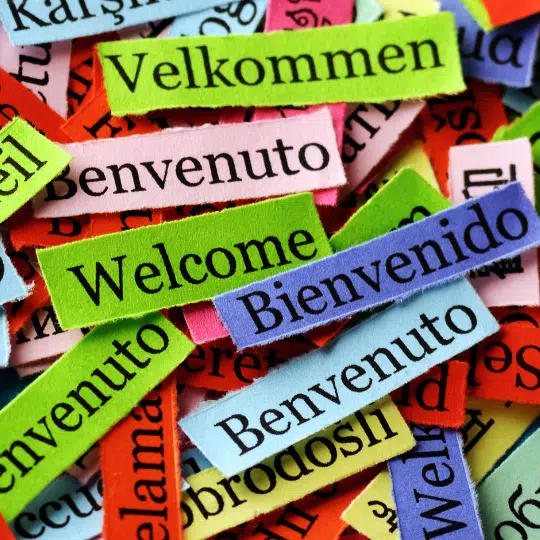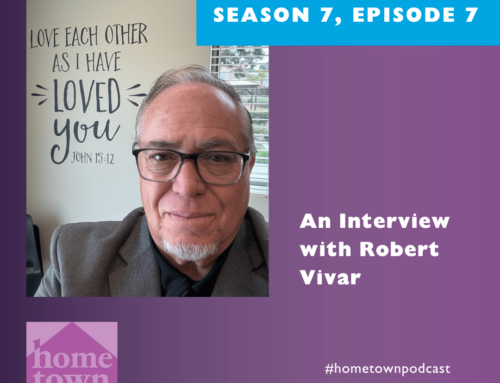Welcome! The word trips off our tongue, perhaps even in multiple languages. But when those of us who feel at home in the U.S. welcome newcomers, what exactly are or should we be doing?

Learning about welcome from refugees is easy to do, thanks to the efforts of Refugee Storytellers Collective and the Refugee Advocacy Lab. They recently hosted a webinar entitled, “What It Means to Welcome: Refugee Perspectives.” It featured a panel of four individuals from diverse origins who came to the U.S. as refugees or SIVs and therefore speak from personal experience. A recording of their conversation makes it easy to listen and learn, whenever it’s convenient for you. Click here to access the recording.
The webinar centers the perspectives of four former refugees: Bahati from the Democratic Republic of the Congo, Isabel from Angola, Khalil from Afghanistan, and Pierre from Rwanda. All now work for organizations that provide support to refugees, SIVs, asylum seekers, or immigrants in different communities around the U.S.
All of the panelists speak English, but if you are not used to hearing different accents, you may want to click on the “CC” option for closed captions (in the bottom playback bar). The original webinar lasted about an hour, so we have also created this Navigational Guide, to make it easier to find and watch passages in the webinar that may be of particular interest to you.
Whether you listen to the entire conversation or focus on specific points, we encourage you to tune in. Listen and learn from these refugees’ expertise and perspectives on what genuine welcome feels like. It’s an easy way to see what you can do to make newcomers in your community feel welcome, included, and confident that they too belong.





